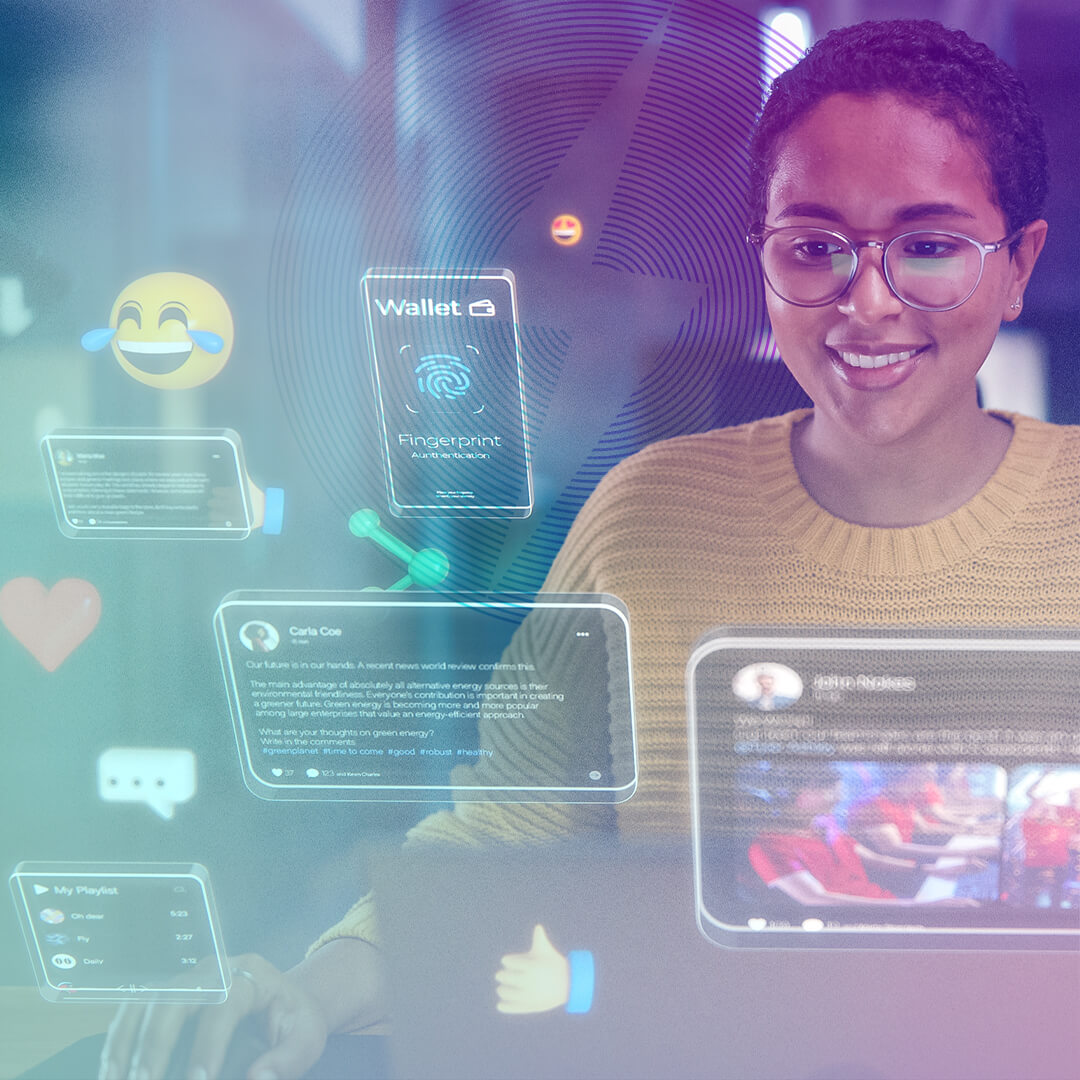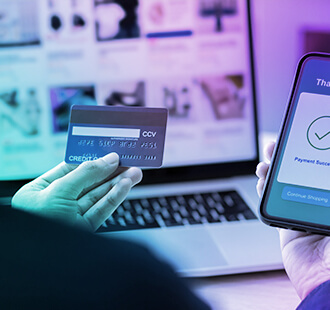
Collaborative posts are content pieces created by multiple users, often working together on the same social media platform. These posts can be images, videos, or written content. The essence of collaborative posts lies in bringing together different perspectives, voices, and ideas to generate engaging and interactive content.
In today’s digital era, social media has become an indispensable tool for businesses and marketers to connect with their target audience. Collaborative posts are one of the latest trends that have emerged on various social media platforms. This innovative approach allows multiple users to come together and create content collaboratively, tapping into a vast pool of creativity and diversity. In this blog, we will explore what collaborative posts are, who can use them, the benefits they offer to marketers, and how we can leverage them in marketing strategies.
These are not limited to a specific group of users; anyone on a social media platform can participate. This includes brands, influencers, content creators, individuals, and customers. For businesses, collaborative posts offer an opportunity to involve their audience in brand-related campaigns and foster a sense of community and engagement.
Benefits for Marketers
Like many other trends, marketers can use collaborative social media posts to grow their brand awareness. Below are some ways this trend can impact marketing strategies and why it has remained popular.
Increased Reach and Exposure: When multiple users collaborate on a post, each participant brings their followers into the equation, significantly expanding the content’s reach and potential impressions. This increased visibility can lead to more significant brand awareness and exposure. Leading to your brand’s platform for growth, as mentioned in this article by The Post Co.
Enhanced Engagement: Collaborative posts encourage active participation and interactions among users, promoting higher engagement rates. This engagement can boost algorithms on social media platforms, resulting in increased visibility for the content.
Diversification of Content: Collaborative posts enable marketers to diversify their content strategy by incorporating different types of content, styles, and tones. This versatility keeps the audience interested and prevents content fatigue.
Authenticity and Trust: Collaborative posts often feel more authentic and genuine as they incorporate various perspectives and voices. This authenticity builds trust with the audience, making them more receptive to the message.
In today’s generation, authenticity is a crucial value for consumers. When looking into collaborating with another brand, influencer, etc., make sure it is a good fit. In this article by Influencity, they urge to make sure your collaborator is a good match for your purpose.
Fostering Brand Loyalty: Involving customers and followers in collaborative campaigns creates a sense of belonging and loyalty to the brand. It strengthens the relationship between the brand and its audience, leading to repeat customers and brand advocates.
Using Collaborative Posts in Marketing Strategies
If by now you are convinced of trying this trend. Here are some of the ways collaborative posts can be implemented in your social media strategy,
Influencer Collaborations: Partner with influencers or industry experts to co-create content related to your brand or products. Influencers’ followers will be introduced to your brand, leading to increased credibility and exposure.
Customer Engagement: Engage your audience by inviting them to participate in creating content for your brand. Run contests, challenges, or polls that encourage user-generated content and collaboration.
Event Coverage: During events or product launches, encourage attendees to contribute to a collaborative post by sharing their experiences, photos, and videos. This real-time engagement enhances the event’s coverage and creates a buzz around your brand.
Cross-Platform Collaborations: Collaborate with other brands or businesses to create joint campaigns or initiatives. This allows both brands to tap into each other’s audiences and leverage their strengths.
Storytelling through Collaboration: Create sequential stories or storytelling campaigns where each participant adds to the narrative, keeping the audience engaged as they eagerly await the next contribution.
Social media’s collaborative posts offer an exciting and effective way for marketers to engage their audience, enhance brand visibility, and build a loyal community. More than improving their marketing efforts, collaborative posts are a way to do more than just marketing, as mentioned in this article by Hootsuite.
By embracing this trend and incorporating collaborative content into their marketing strategies, businesses can foster authentic connections with their customers, leading to long-term success in the digital landscape.
As the social media landscape evolves, staying open to innovative approaches like collaborative posts will continue to be a key differentiator for brands seeking to thrive in the ever-changing online environment.



















